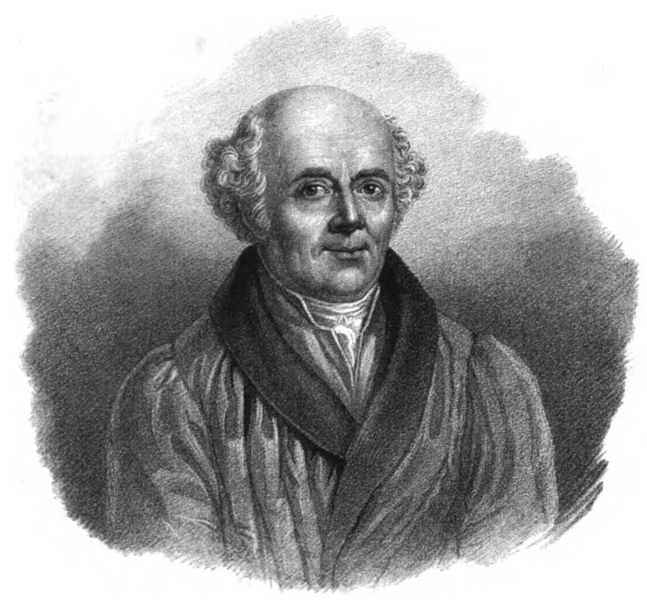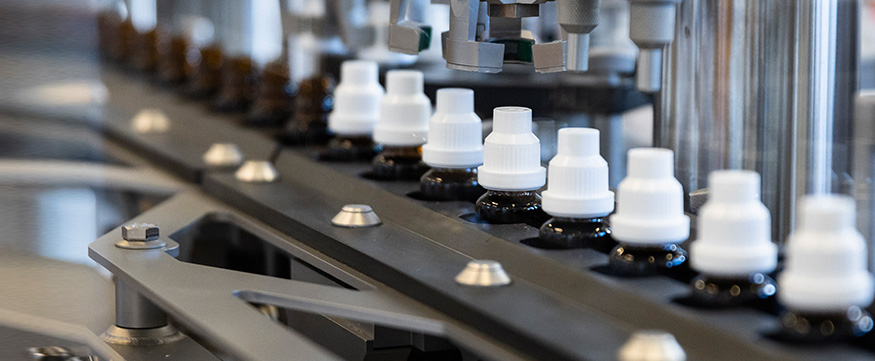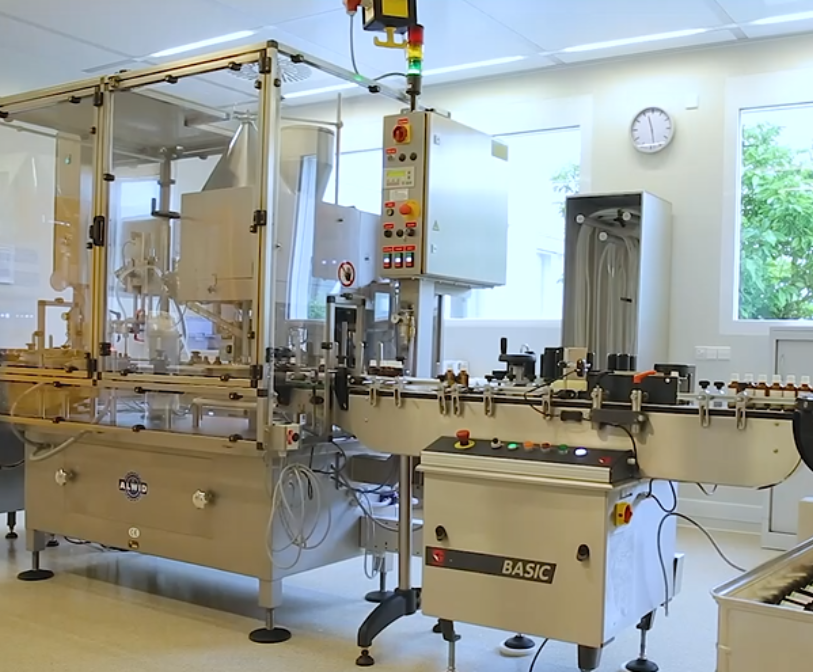Goodness of Homeopathy
The Introduction of Homeopathy during Samuel Hahnemann’s time (1755-1843) was a completely new healing method based on the science of experience. Together with anthroposophy and phytotherapy, homeopathy (Greek: homousious = similar and pathos = disease) has been anchored in the special therapy approaches in health care.
In the year 1976 homeopathy was officially acknowledged in the German drug law (AMG). Today compounds are manufactured in compliance with the Homeopathic Pharmacopoeia (GHP). Just like any other pharmaceuticals, homeopathic remedies have to be officially reviewed by the Federal Institute for Drugs and Medicinal Products (BfArM) prior to marketing.

The homeopathic healing principle stands in opposition to the philosophy and approach of allopathy – the latter is characterized by the central principle “contraria contrariis curentur” (cure contrary symptoms by contrary measures). A major finding of Hahnemann’s experiments was that diseases should not be ‘suppressed’ but treated regulatively, since suppressing them led to substantially stronger reactions. The disease process has to be treated, the vital power restored to balance to reinstate the performance of the organs and to prevent new formations.
Principle of Analogy/Principle of Potentiating
Development of homeopathy was launched with a self-experiment by Hahnemann.
He ingested a larger quantity of cinchona bark and thereby triggered symptoms similar to those of malaria. He was able to soothe these symptoms by taking diluted cinchona bark. Based on this experience he established two main principles of the therapy. Until today, the rule of analogy and dilution by degrees and shaking (potentiation) of homeopathic basic solutions (mother tinctures) have been the foundation of the therapeutic approach in this healing method.

Hahnemann’s findings resulted in the firm principle: “Cure similar by similar” – similia similibus curentur. “In order to heal gently, quickly, surely and permanently choose for each condition a medicine which can cause a symptom similar to the one it is supposed to heal.” (Hahnemann, 1810)
In 1810 Hahnemann comprised his methods and experiences in his book The Organon of the Healing Art. In his teachings he always referred to the symptoms which were triggered by giving the starting material to a healthy person. At the same time the ideal degree of efficacy (potency) was established by diluting and shaking (potentiation) the active substances.
In his Organon Hahnemann stated: “These remarkable changes in the properties of the natural bodies, by mechanic impact, by rubbing and shaking the latent dynamic powers, previously concealed in them, unperceived, like slumbering, which mainly influence the vital principle, the well-being of animal life. Therefore, the processing of those matters is called dynamizing, potentiation; and the products thereof dynamization or potencies, in various doses.”
In the manufacture of homeopathic products, the starting materials are processed in decimal (1 part mother substance + 9 parts diluting substance – lactose, alcohol or water) or centesimal steps (1 part mother substance + 99 parts diluting agent). They are called D potencies (decimal) or C potencies (centesimal).
Complex Remedy Homeopathy
Today different theories of homeopathy are in existence.
According to the teachings of Hahnemann, who mainly prescribed dilutions of single substances, the use of several substances combined for a particular field of application has increasingly gained ground. In these complex remedies, several homeopathic substances fight against the disease.

Due to the fact that symptoms of a disease may not always be overcome by addressing one indicator, complex remedies often cover a significantly wider field of efficacy. In complex remedies the effects of the individual ingredients unfold in a supplementary manner and therefore address other weaknesses of the patients as well.
In treatment, the PEKANA complex remedies unfold in the context of holism and therefore enable a positive influence on body, mind and spirit. We have found that, as a rule, the composition of eight active ingredients form an ideal combination.
Efficacy in Homeopathy
With homeopathic remedies, the so-called clinical study is not necessarily the medium of choice to prove efficacy, since the individual body on the one hand and the regulative influence of the ingredients on the other hand can hardly be integrated into one completely comparable study design, due to the fact that “an organism is not a machine, since it grows an organism is an open energy system. An organism has an organic relationship with its environment.”

There are, however, some double-blind studies that have been conducted according to present-day standards where homeopathic compounds are compared with carriers that are free of active substances (placebo), and which have shown positive results for selected diseases.
In this context, the fact that homeopathy is highly cherished in veterinary medicine, where it is applied highly successfully, is particularly interesting. These results cast some serious doubt on the often claimed mental, placebo-like effects (faith moves mountains) of homeopathy. Additionally, the monographs published by the Expert Commission D based on the German drug law (AMG) provide a useful tool for assessing the substances used in homeopathy.
 Click here to
Click here to 
 Consultation
Consultation
 Track
Track English
English
 Australia
Australia
 India
India

